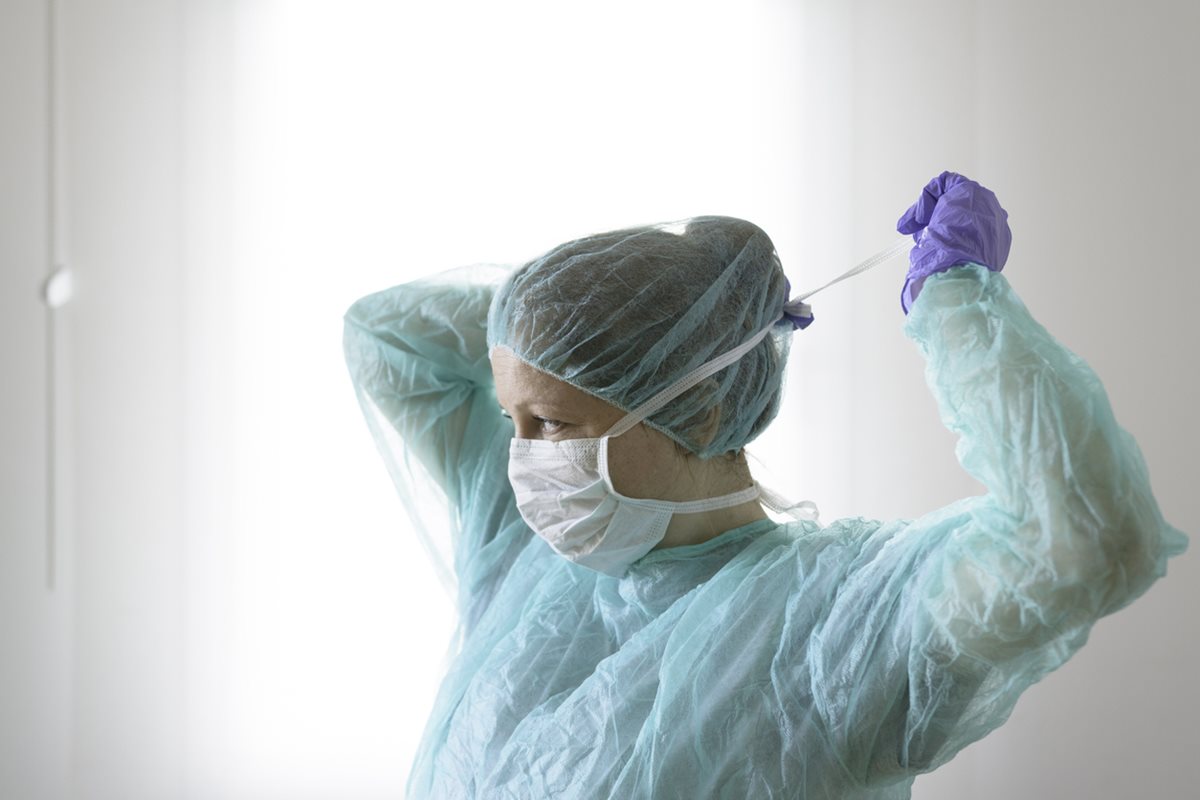As the Covid-19 emergency continues, many radiographers and clinical staff are understandably concerned about what is happening to 'other patients': those who urgently need diagnosis and treatment.
It isn't true or fair to say that the NHS has been doing nothing but caring for coronavirus patients but, naturally, services have been radically refocussed on getting us through the pandemic.
Now we are (hopefully!) on a plateau or a downward trend of infections, we can focus attention on patients who have had appointments postponed, and encourage others who have symptoms but delayed coming forward.
Encouraging the public back into the service for assessment and treatments is the first hurdle but how will we manage the volume of work and quality of care once their reservations have been overcome? There is a backlog of patients who were not assessed or treated in April and we are almost in May.
The CEO of the NHS, Simon Stevens, has written to trusts directing them to "fully step up non-Covid-19 urgent services as soon as possible" as well as make "capacity for at least some routine non-urgent elective care."
Bottlenecks in pathways will start to develop without careful planning, and waiting times will again start to build. The impact this will have on radiographers, as well as patients, is concerning.
The first impact will be on diagnostic imaging services and it is likely to be huge. Services were stretched by the volume of imaging required before the pandemic, and this will grow to a tsunami of requests to deliver timely diagnosis. We have the added burdens of continuing PPE requirements and social distancing.
Requests for staff to work longer hours will be made but this is not sustainable for long periods. We will lose skilled practitioners and risk poor practice because of burnout.
The tsunami will then engulf radiotherapy. The treatment of some patients was rightly put on hold during the pandemic but the catch-up required to treat these, plus new cases over the coming months, may not be easily possible within existing capacity. Creating additional capacity is likely to be challenging because of the lack of staff.
What is the best way forward?
A suggestion has been made that capacity can be met through weekend working. This is not the solution for a sustained period. The tap cannot be simply turned up using the existing workforce because there simply are not enough sonographers, diagnostic and therapeutic radiographers.
We ask that government engage with our members and develop clear guidance to help support prioritisation of the workload nationally. Radiographers are keen to support high quality patient care, but everyone has to be realistic: there will be a limit to what can be provided.
To ensure patients receive the care they deserve, we would like to see clear prioritisation of work, as well as active engagement with imaging and radiotherapy departments in every locality so that services can respond in a sustainable way.
Wherever additional hours or other ideas for extended working are considered, the SoR will be working for appropriate consultation, sustainable programmes, and supportive pay and conditions for our members.
We are lobbying the government and have submitted evidence to the House of Commons Health and Social Care Committee who are examining the delivery of core NHS services during and beyond the pandemic.
This is an opportunity for the government and the NHS to take a long-term view of how services are delivered and to evaluate and provide the resources needed to ensure efficient, timely, high quality diagnostic and cancer treatment services.
What we must not do is go back to how things were before the pandemic and repeat the same mistakes, problems and shortcomings.
The Society and College will do all it can to shape and inform the debate and support our members.
